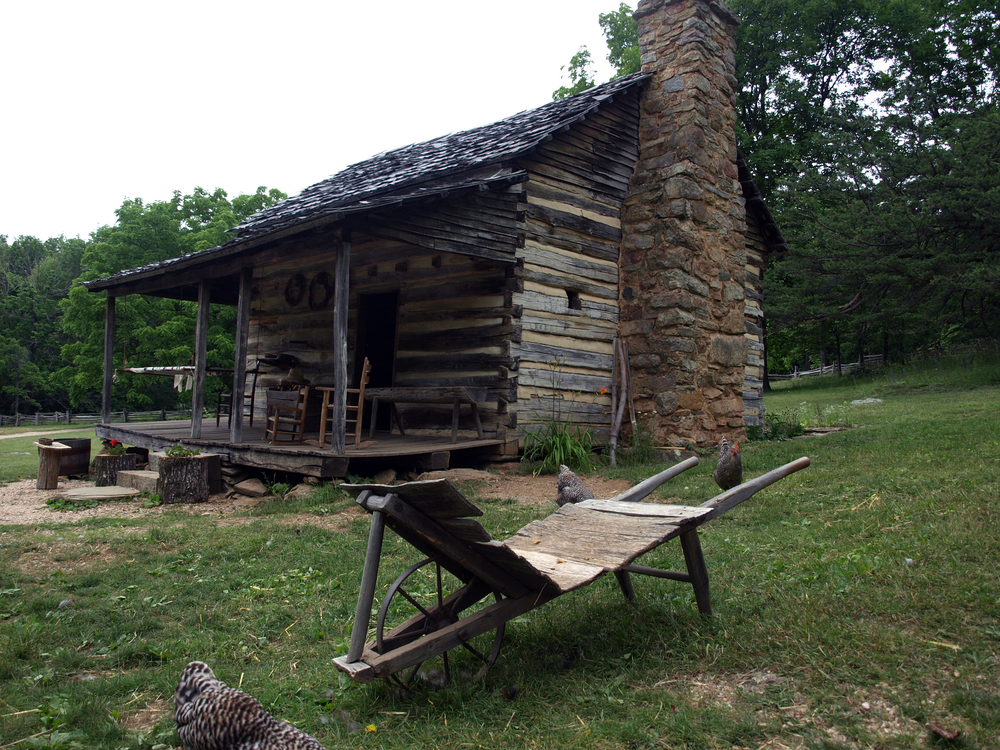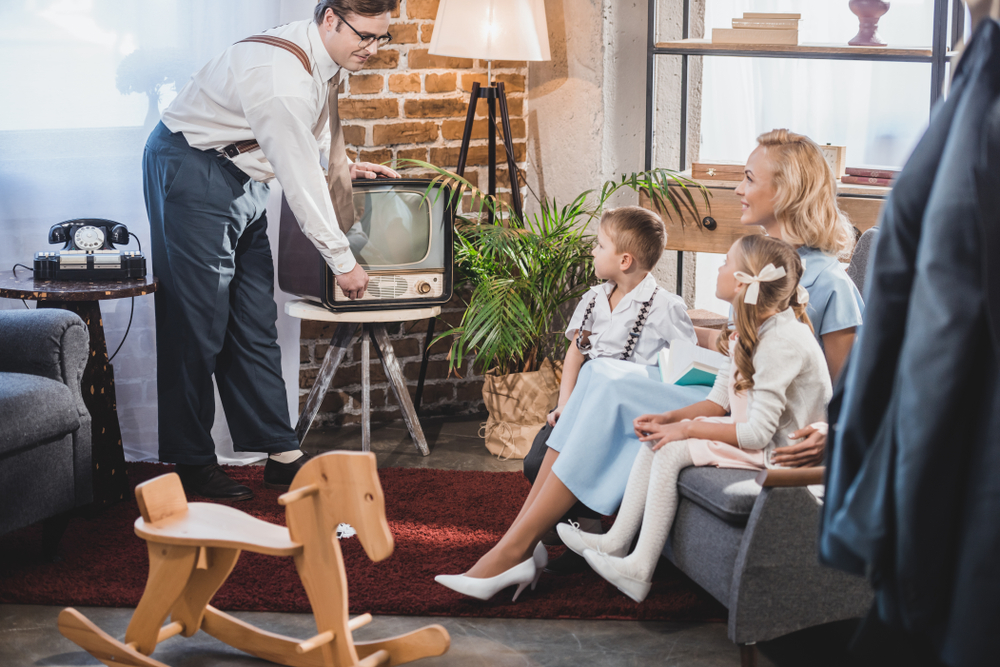The Industrial Revolution was marked by invention, early machinery, and mass production. Likewise, modern methods of supplying fuel, preserving food, producing clothes, and providing health care began with the Industrial Revolution. And a crucial common factor across the modernization of these industries?
Light bulbs.
Let’s set the stage. As the global population increased in the 1800s, a vicious cycle emerged. With more food, medicine, and shelter available, more children survived to adulthood. More adults meant more families with children, creating greater demand again. So over and over, more people were born and lived longer than before and increased demands on the global economy.
As early supply chains attempted to provide basics to the growing population, its success led to more people surviving.
The Industrial Revolution characterizes an era of inventors, undoubtedly fueled to relieve suffering and improve old methods. In short, it was an attempt to tame this cycle by providing more goods faster, easier, and in better conditions.
But the trouble was, demands for goods often rose faster than was safe to produce them. As a result, many industries struggled to find ways to increase production, but the light of a candle could only go so far into the night, and it came with dangerous risks and consequences.
Coal Miners: The Backbone of the Industrial Revolution
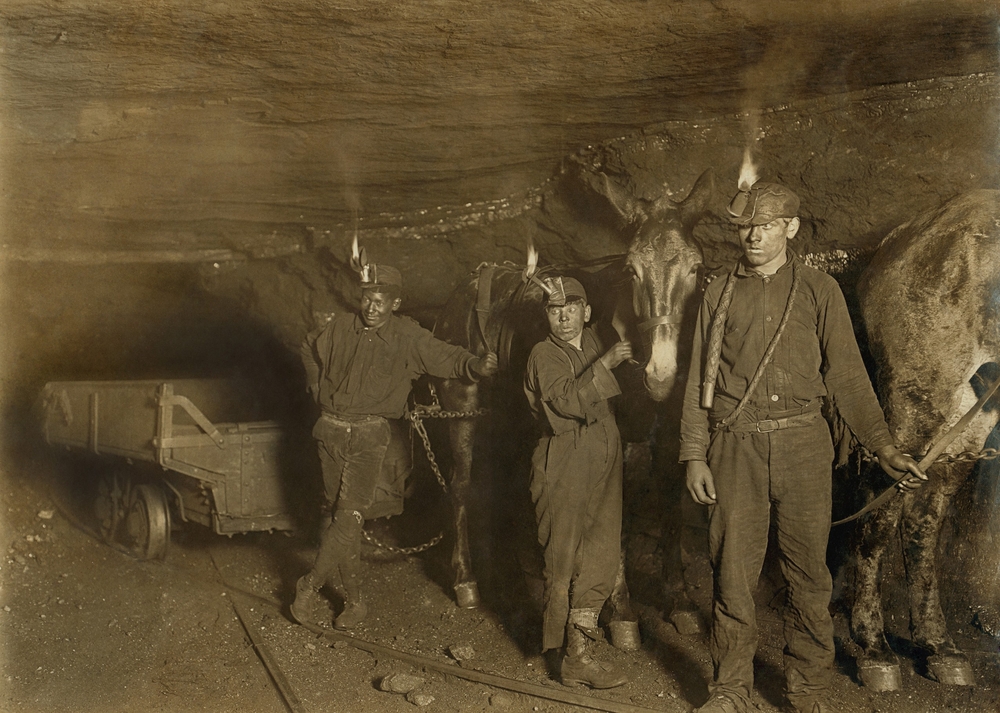
Let’s start with some of the most heavily relied-upon characters of the Industrial Revolution– coal miners. As demands for residential heat grew, so did the need for fuel for factories and trains.
Coal miners dug deep underground to supply the world with the required fuel. It was dangerous work, not only because of the use of explosives underground but because it was so dark. Lack of proper light made accidents common and kept production slow.
Candlelight was the only source of artificial light then. This posed a problem because mines often release flammable gases. The slightest fire exposure in the tunnels regularly resulted in explosions with hundreds dead. Inventors tried– but were unsuccessful– to create proper fire shields. As the need for coal grew, so did the number of fire-related incidents and deaths in the coal mines.
Reducing Fire Risk in Textile Factories

Another significant mark of the Industrial Revolution was the beginning of mass-produced clothing. Before factories existed, most clothing was tailor-made for each family member. Wealthy families hired sewists, and low-income families made their own clothing.
Textile factories promised to speed clothing production and free up time for other work. But unfortunately, textile factory workers faced a similar problem to that of the coal miners.
Before making clothing, cotton had to be spun into thread, then woven into fabric. This fabric would then be cut into patterns and sewn into finished clothing. The system of processing cotton led to very dusty rooms filled with tiny floating pieces of raw cotton. Even the smallest flame could catch the floating cotton, creating a runaway fire in moments. These fires took down entire factories in moments, often with few survivors.
Unlike the miners, textile workers could use the light of day through windows. But there was little sunlight in rainy regions or during the winters. So textile production had to slow or risk the use of candlelight according to the weather or season.
Here again, the invention of the electric light bulb allowed for safer work and better conditions for these workers. Electric light reduced the strain on workers and evened out available work hours. The growing population could now count on having enough clothing.
Impact on Food Preservation

The United States population exploded between the 1800s and 1900s as territory expanded. Consequently, the demand for food increased with these settlements and cities.
People’s access to food in the early 1900s was determined mainly by what they could grow themselves. You would eat some of the fresh food you could grow during the summer and store the rest to survive the cold winters. As a result, starvation was a constant threat, and malnutrition was common.
During the Industrial Revolution, many factories opened and started to mass-produce canned food. While canning factories did not risk the same dangerous fire as miners and textile workers, they still had limited light.
Enabling Quality Healthcare

Finally, light bulbs improved the quality of healthcare in hospitals around the globe. The 1800s showed a marked increase in understanding human anatomy and how to save a person’s life after a severe injury.
However, medical attention requires detailed work, and poor sanitation and techniques cost thousands if not hundreds of thousands of lives. Even the simple fact that candles and firelight distort color made it difficult for early medical professionals to accurately gauge a patient’s health status.
Beyond surgeries, hospital care, or home visits, the development of new medicines was also limited before the Industrial Revolution. For example, penicillin was developed in the 1920s – 1940s and is widely regarded as the first true antibiotic. The drug was developed through the work of many scientists observing bacteria cultures in universities, and it saved countless lives during World War II alone.
Although light bulbs alone did not allow for the creation of penicillin, the availability of consistent light (partnered with microscopes and other technology) is clearly linked with a massive spike in new medication since the early 1900s.
Lightbulbs: The Unsung Hero of an Industrialized World

We owe our modern, comfortable world to many inventions of the late 1800s and early 1900s. Still, there is no doubt that none of them would have been as successful without the invention of the electric light bulb. And so, the ordinary light bulb is the unsung hero of the modernization of the world.
So, the invention of the electric light bulb created the possibility of an industrialized, modern world– a world where people had enough heat, food, and medicine. The light bulb allowed for safer working conditions and paved the way for other inventions that advanced humanity as a whole.
Electric light provided bright, steady light for miners without a significant risk of explosion. As a result, artificial light significantly reduced the number of deaths. As a bonus, it also allowed them to work faster. Thus, miners could better fuel the world, unleashing the Industrial Revolution.
Food production through factories was unleashed with electric lights. The world now had an efficient and cheap process to provide food that could last months or years on the shelf.
As one could imagine, electric light significantly improved healthcare quality. Surgeries were performed with much better lighting, and follow-up care received better attention. Doctors and nurses could discover infections faster and perform precision work with accuracy.
Aside from hospital care, proper lighting enabled the creation of new medicines and techniques. Electric lighting was not the only factor to decrease medical-related deaths. Still, the widespread availability of steady light enabled doctors and scientists to make significant strides in proper care.
—————
At Western Chandelier, we are proudly following in the footsteps of these early lighting engineers. We are just as passionate about lighting the world as they were as we supply homes and businesses with the latest designs and functionality. Talk with an expert at Western Chandelier today to get custom advice on your lighting needs.
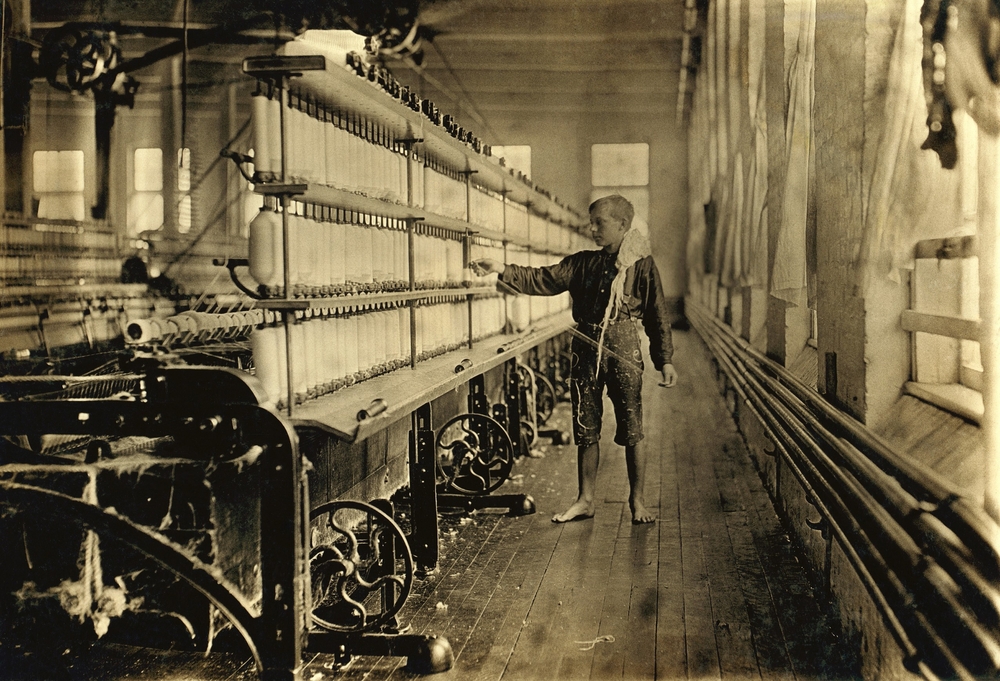

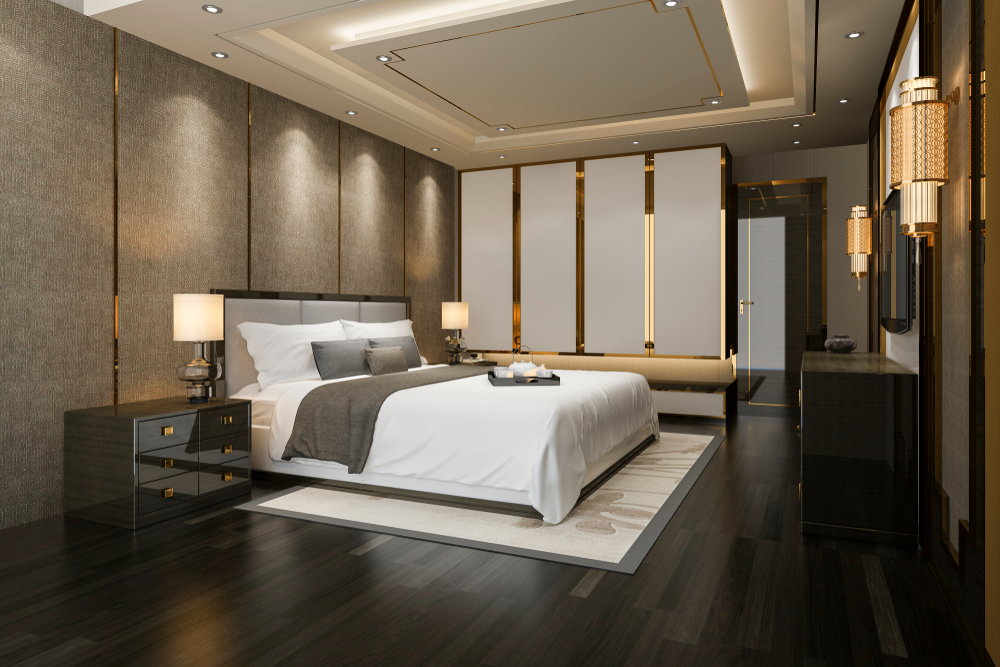
 Diffused light is a natural companion to warm light. This term refers to light that is scattered and doesn’t cast a hard shadow. You can create this effect through reflected or covered lighting. We’ll focus on the latter here and touch more on reflected light in the next section.
Diffused light is a natural companion to warm light. This term refers to light that is scattered and doesn’t cast a hard shadow. You can create this effect through reflected or covered lighting. We’ll focus on the latter here and touch more on reflected light in the next section.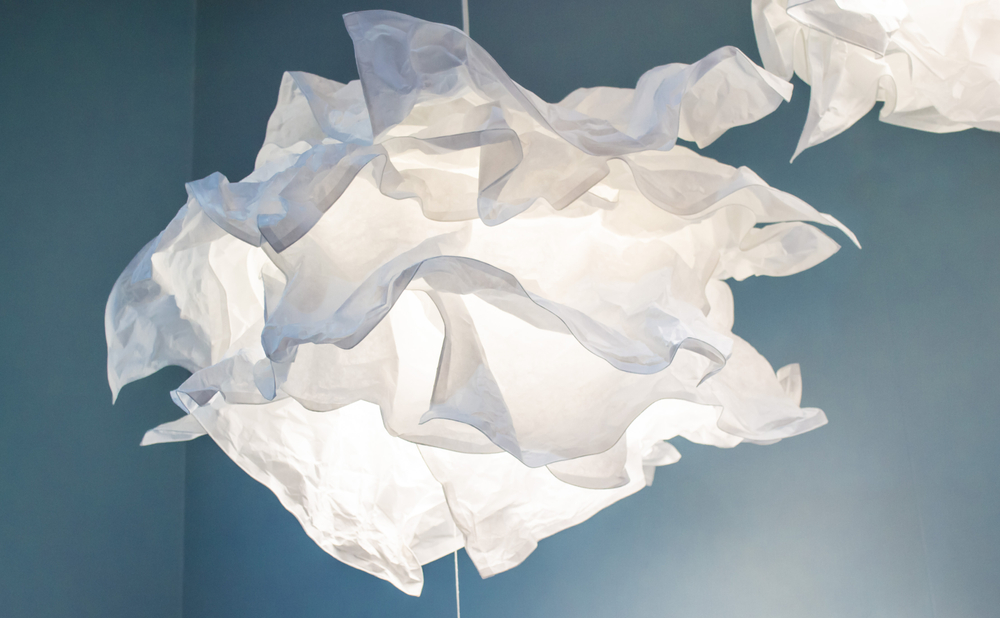



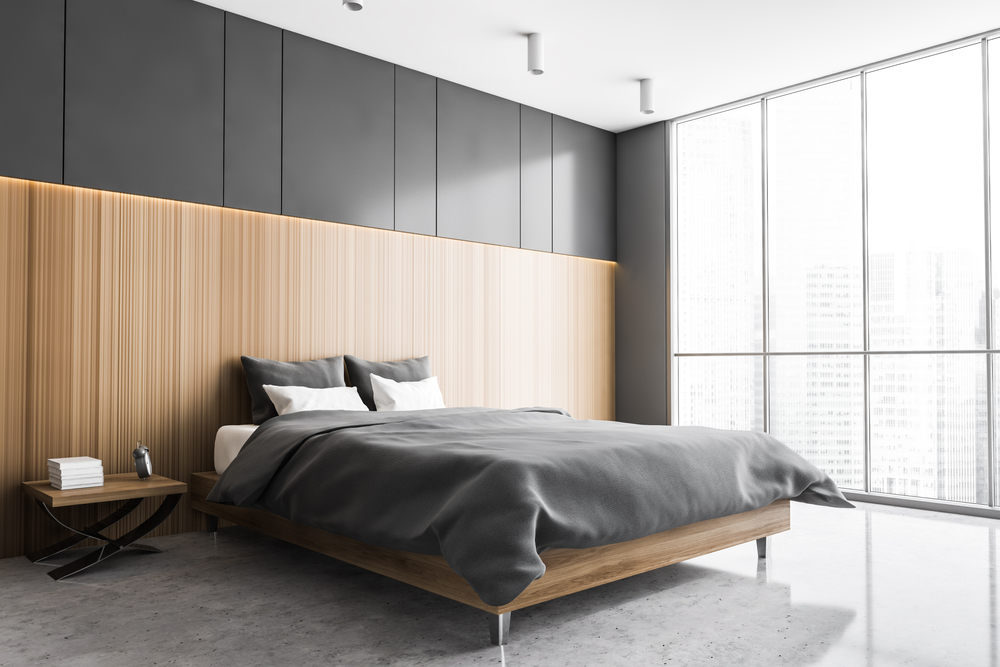
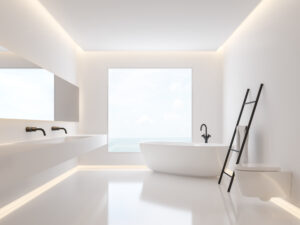

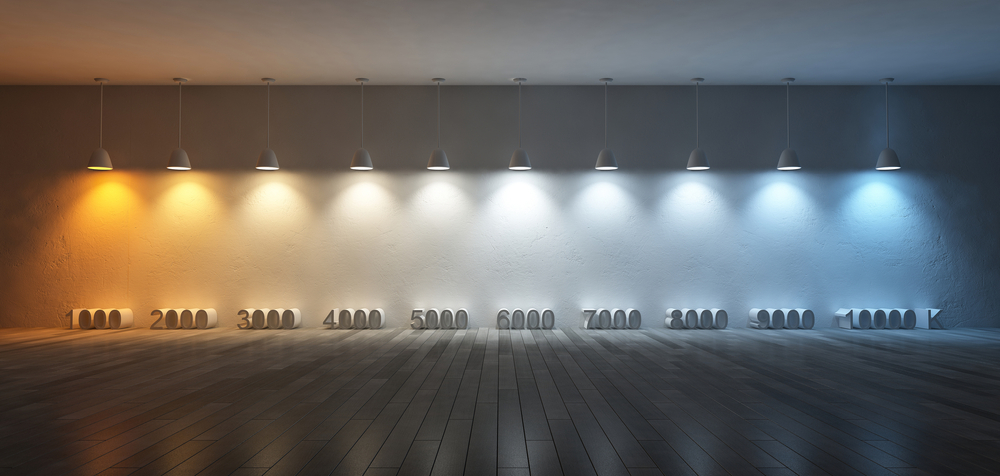
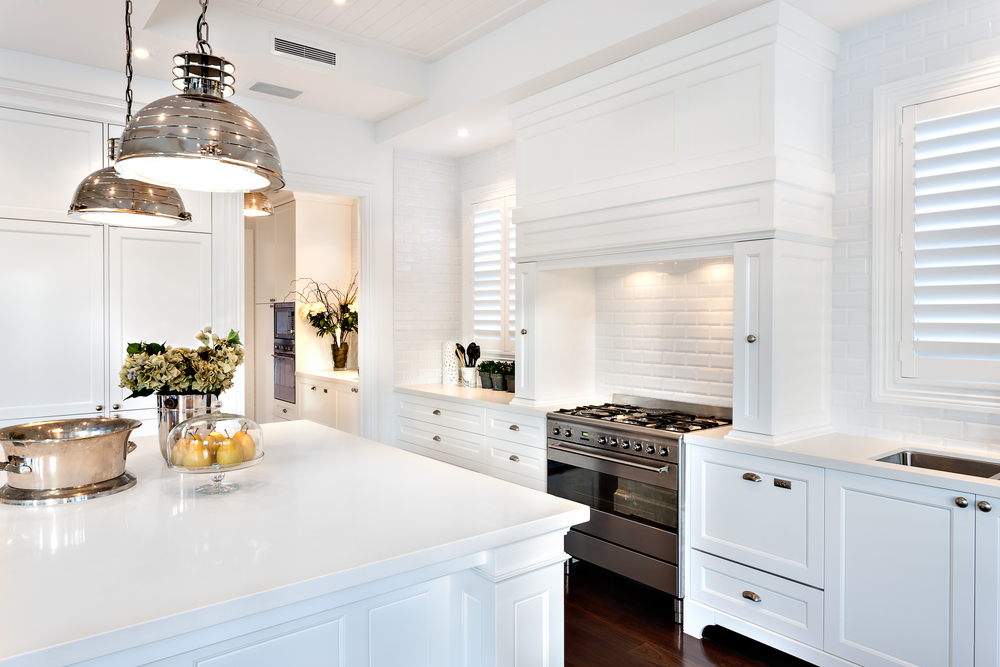
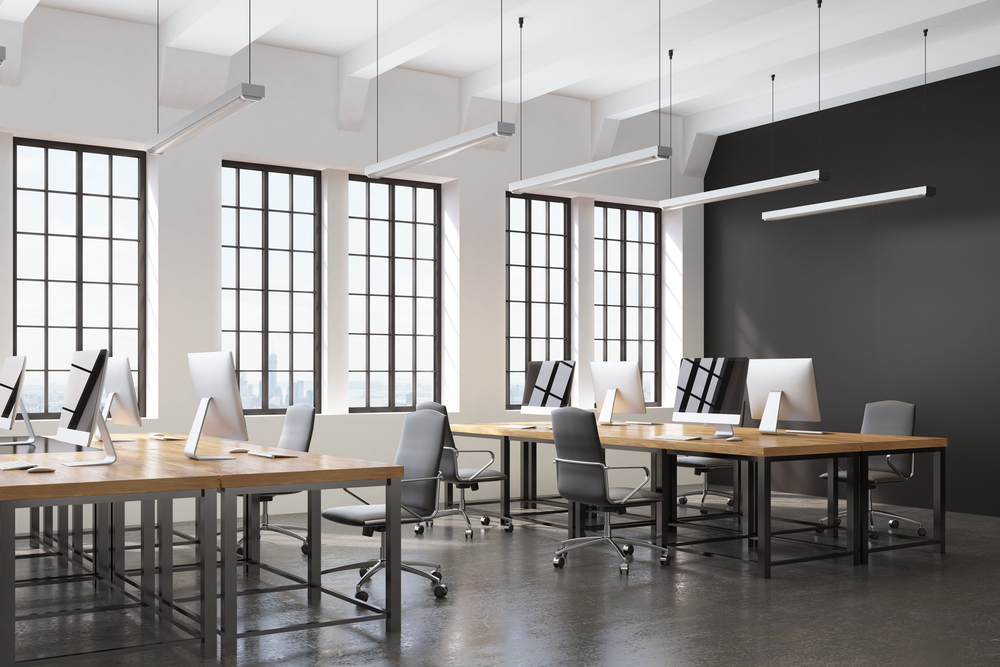



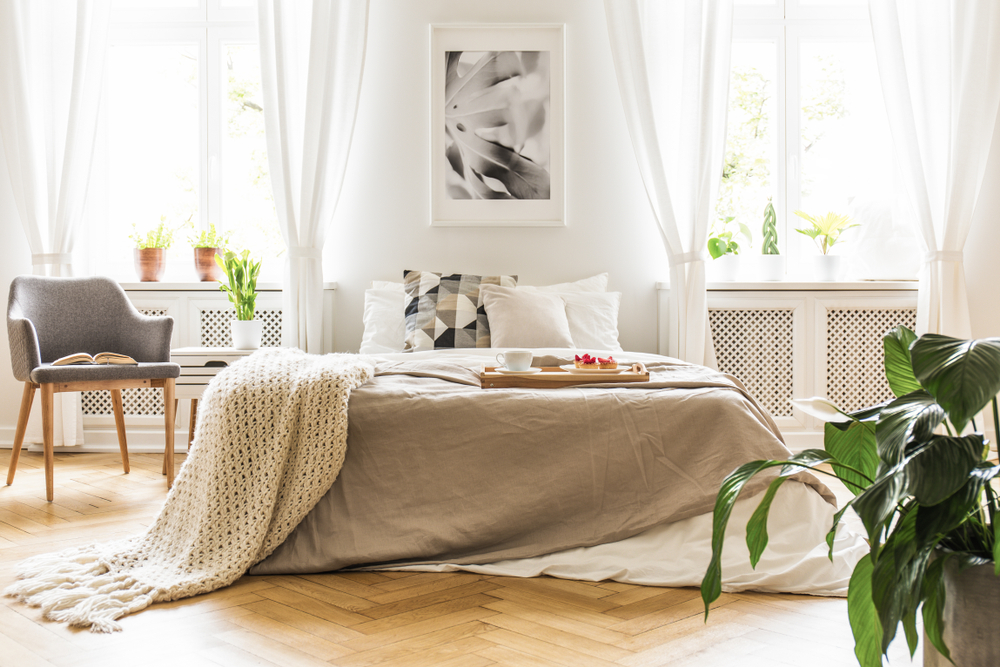

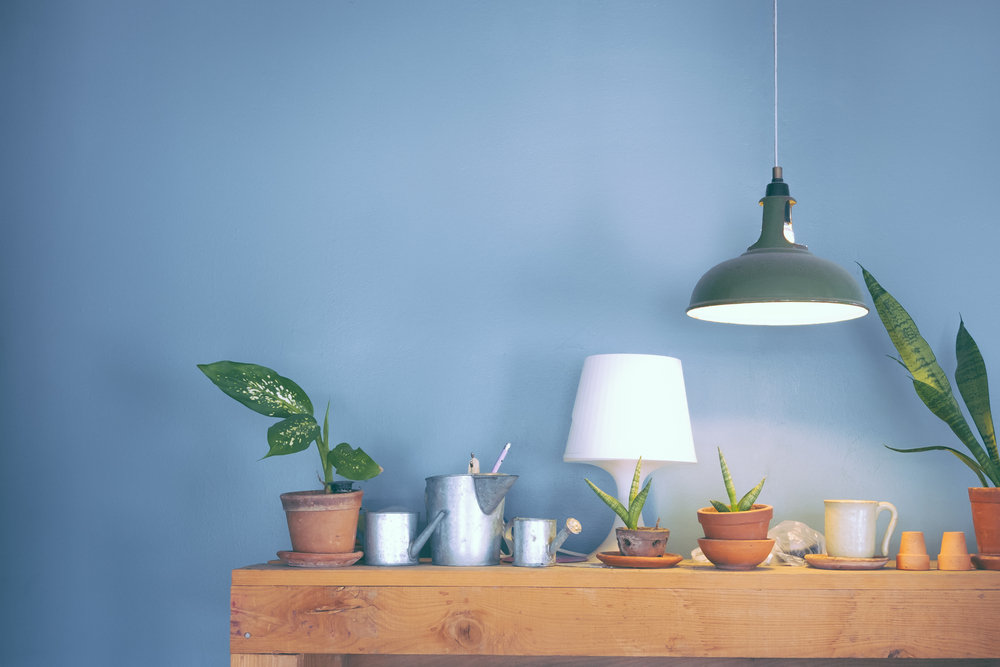


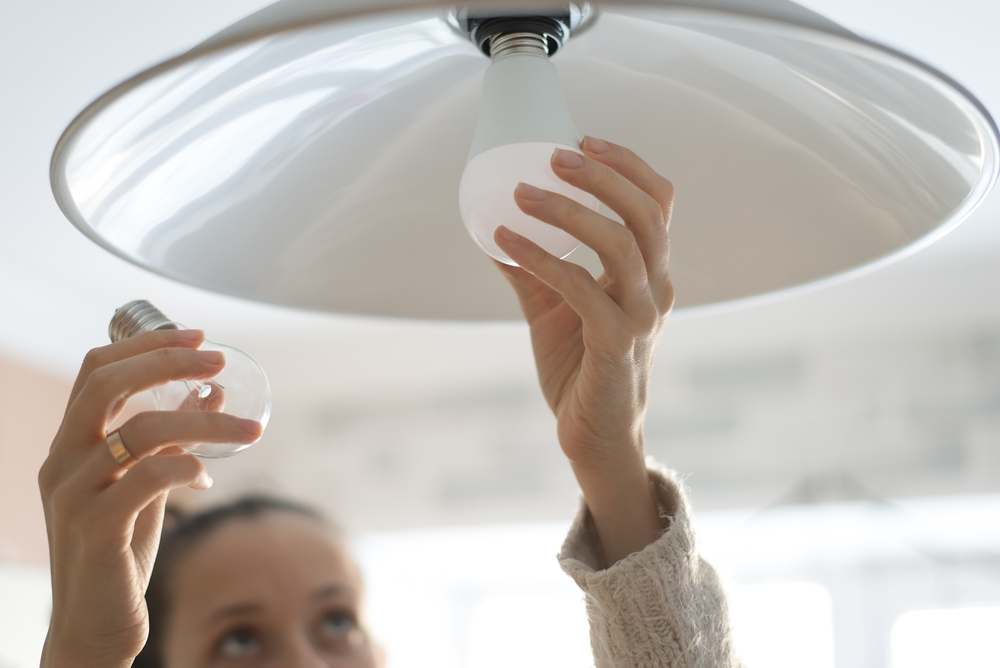
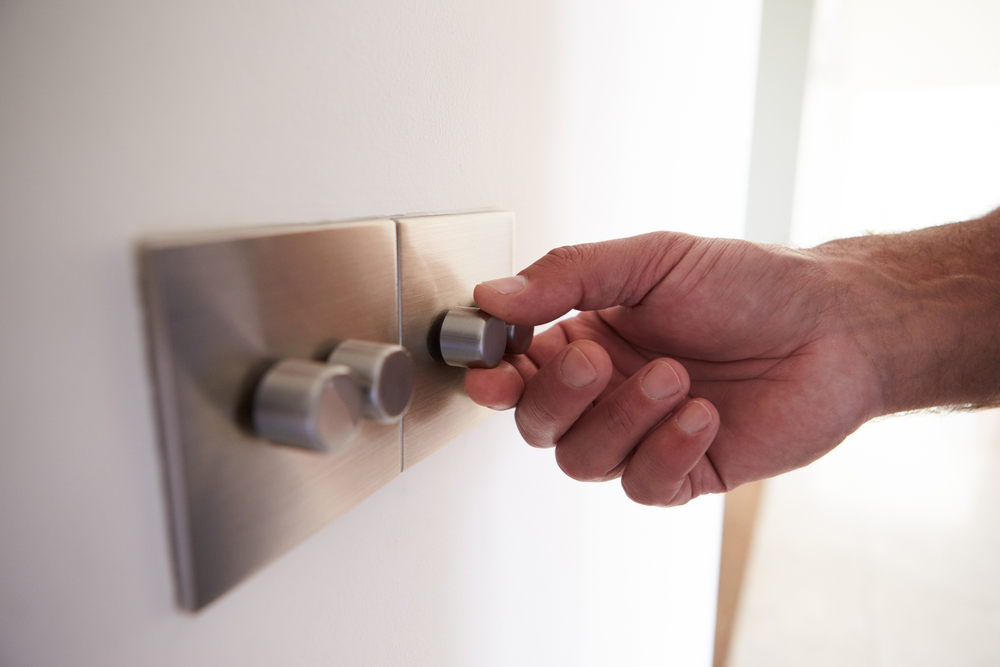
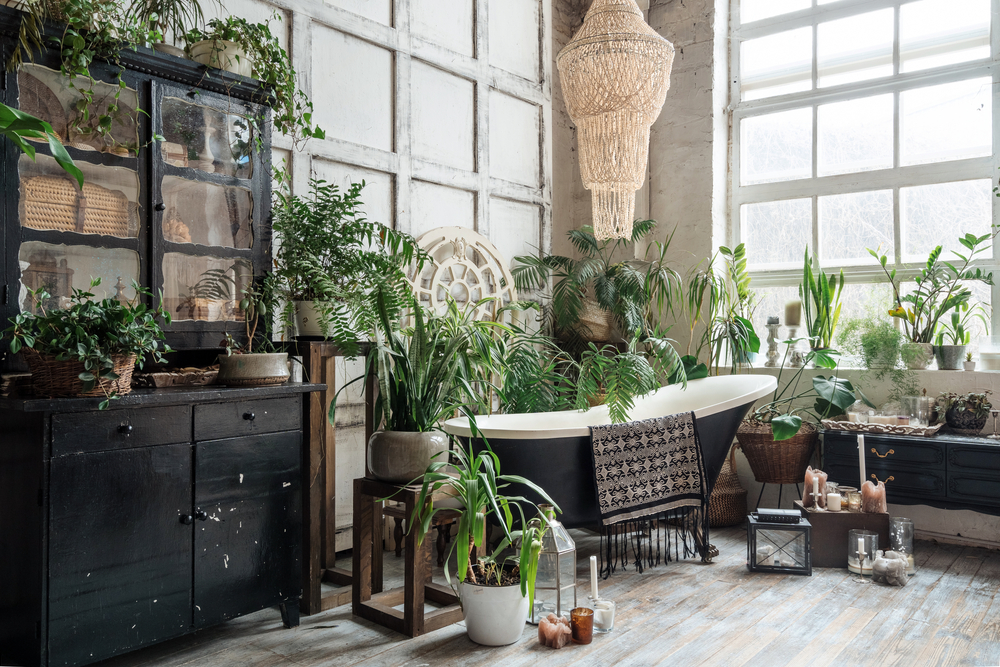
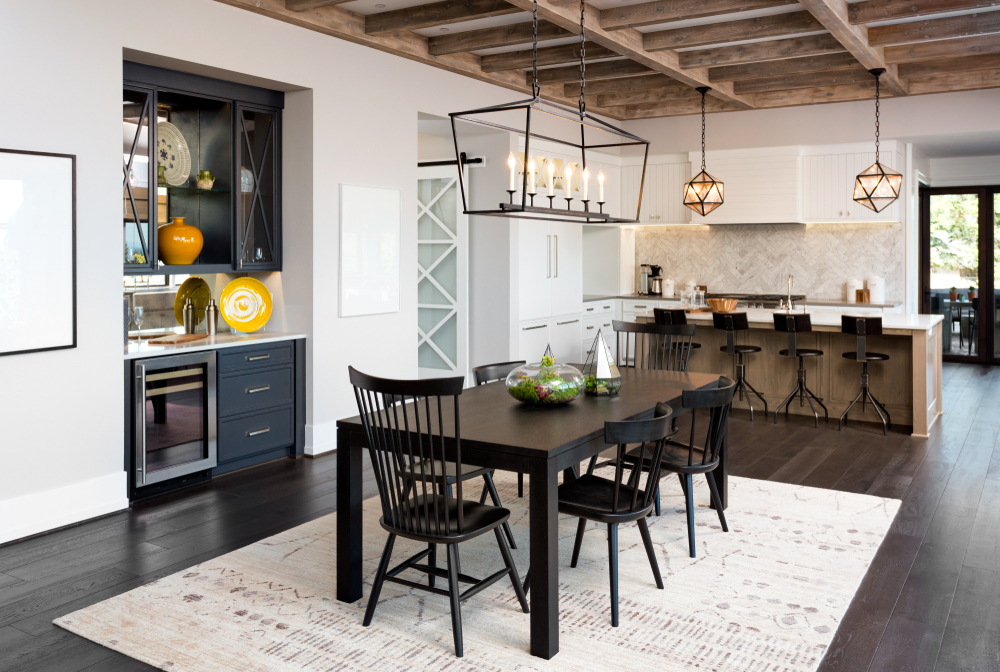

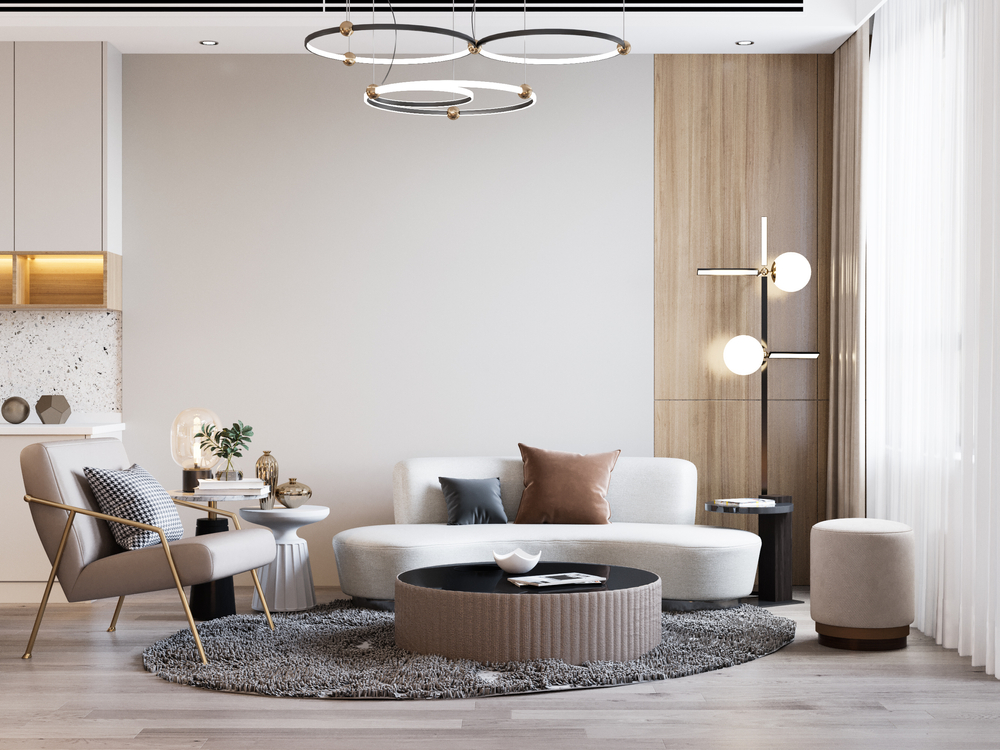

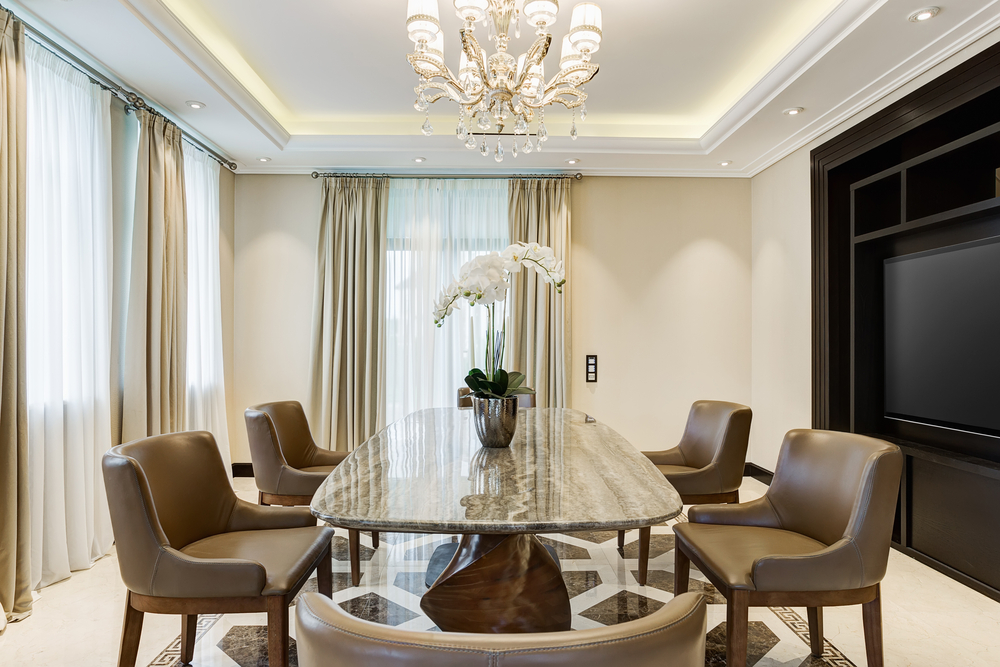
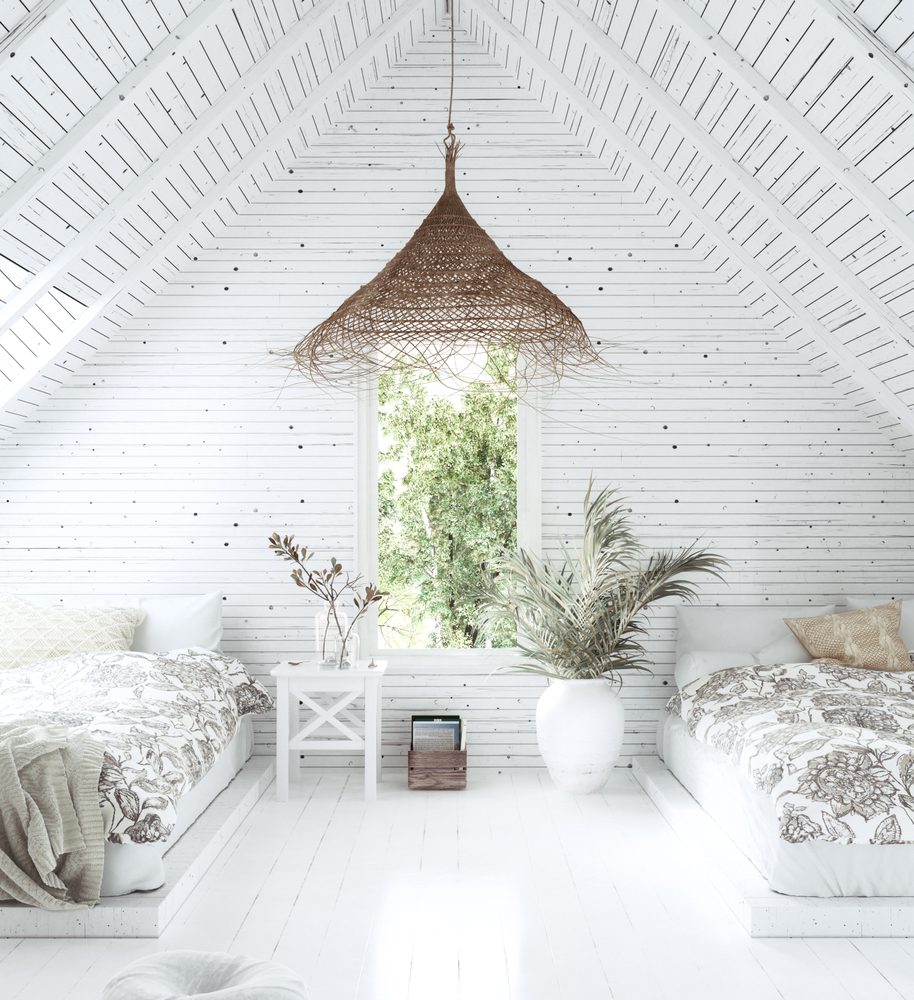
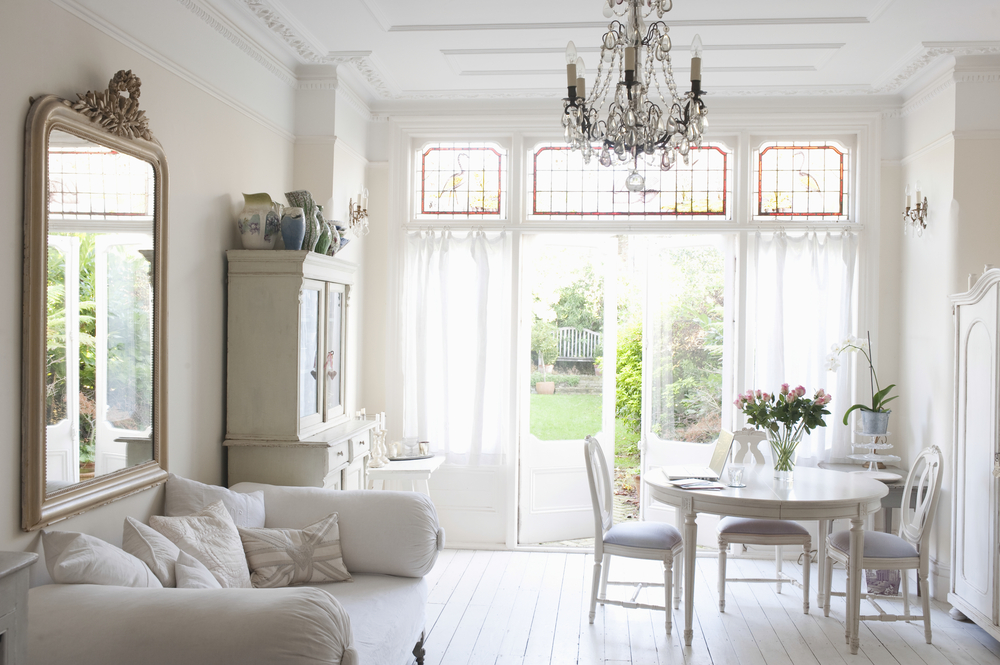

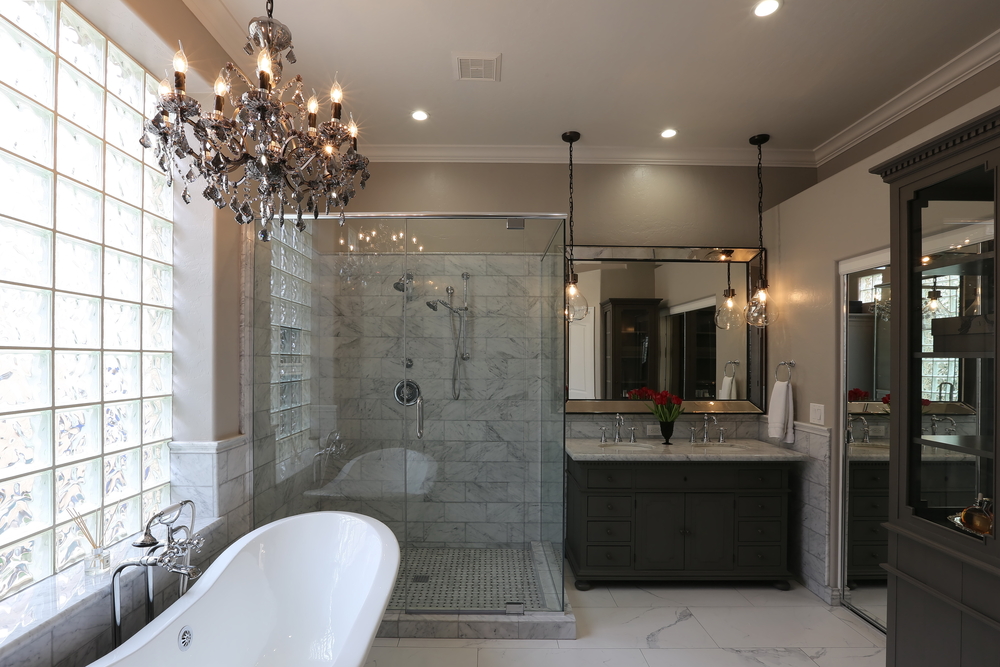
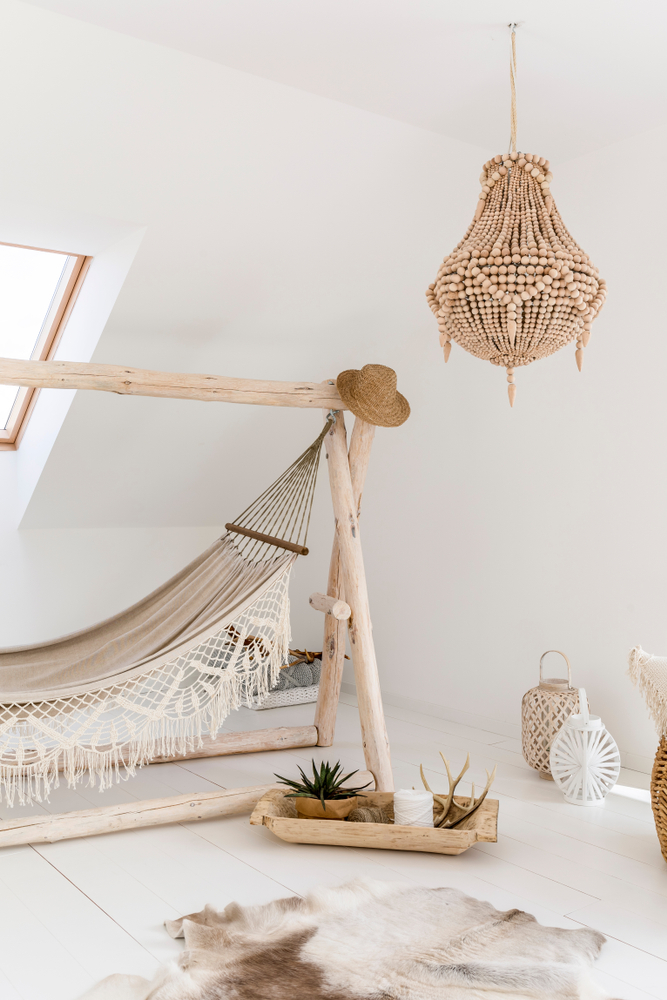

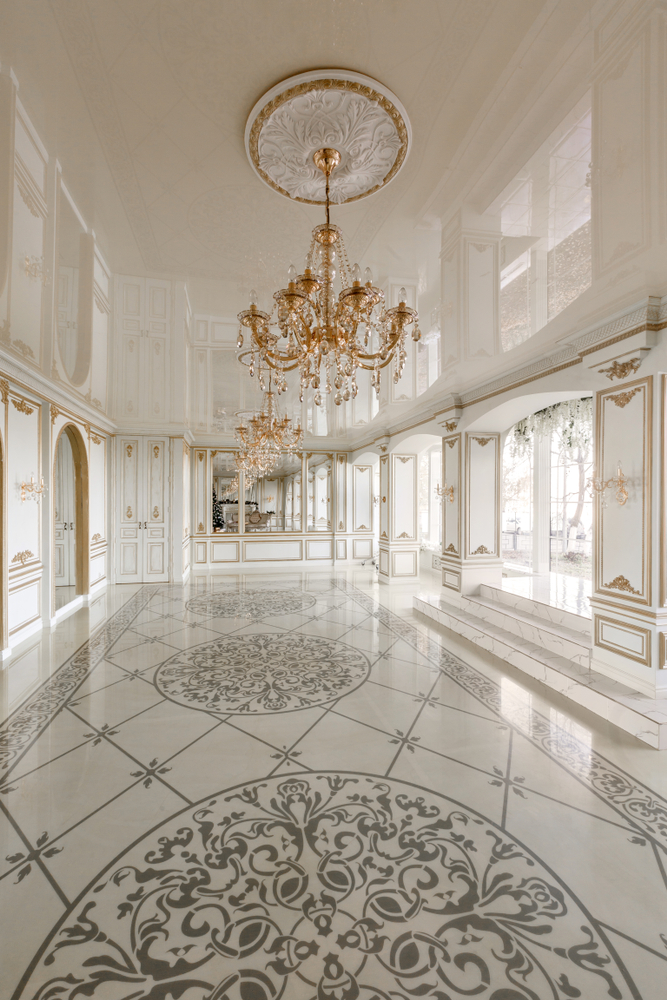
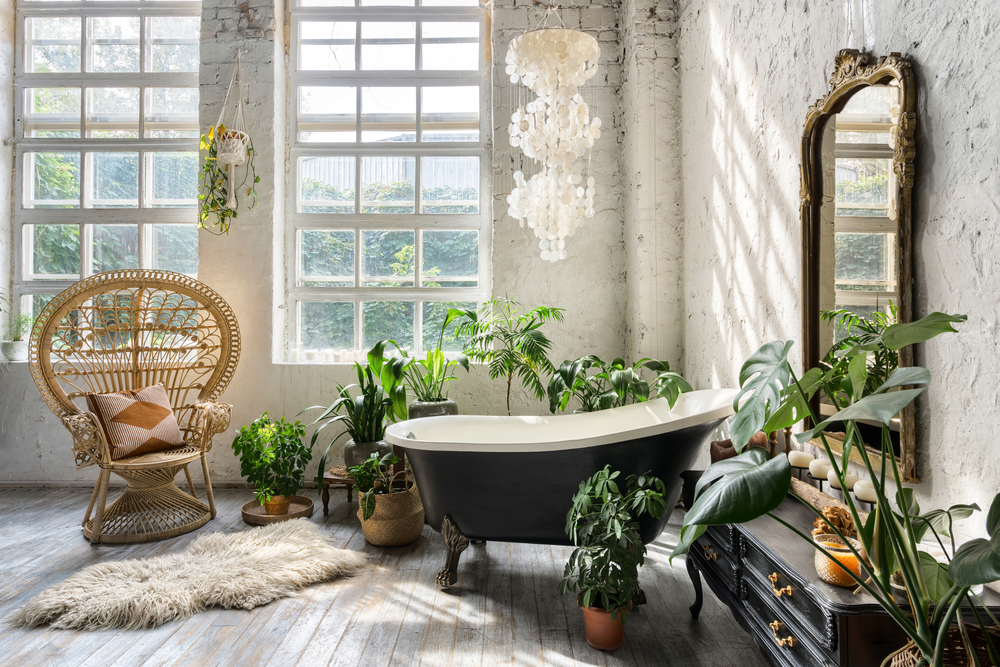

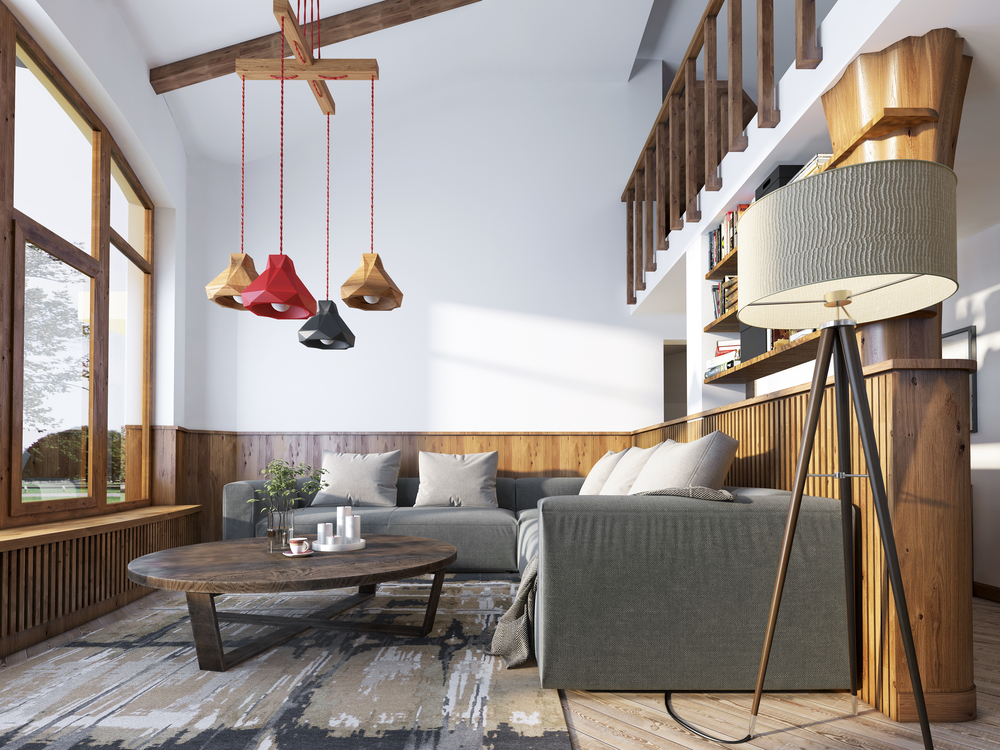
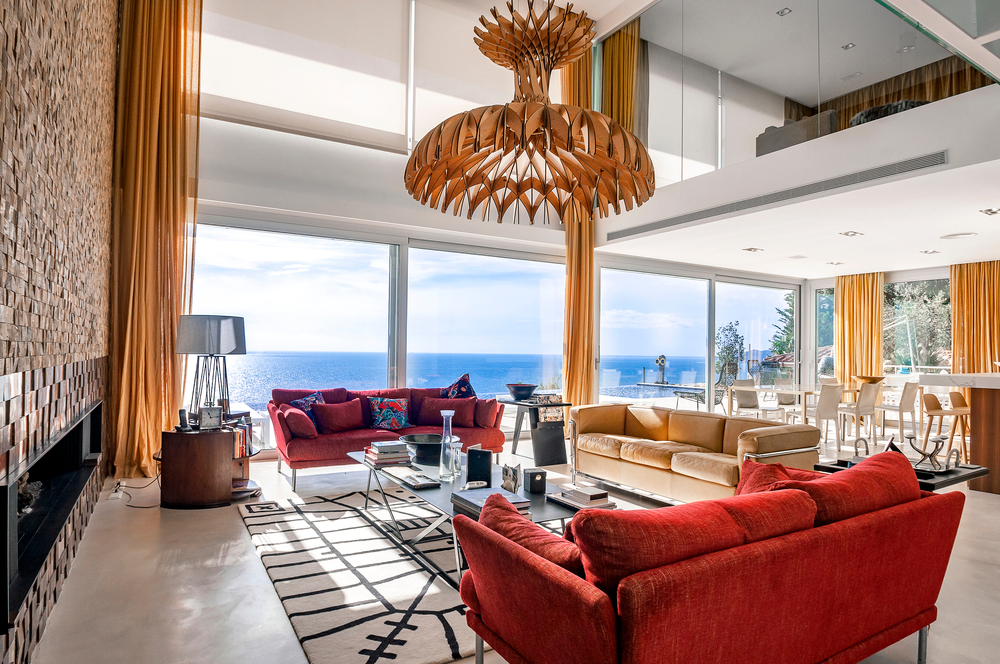
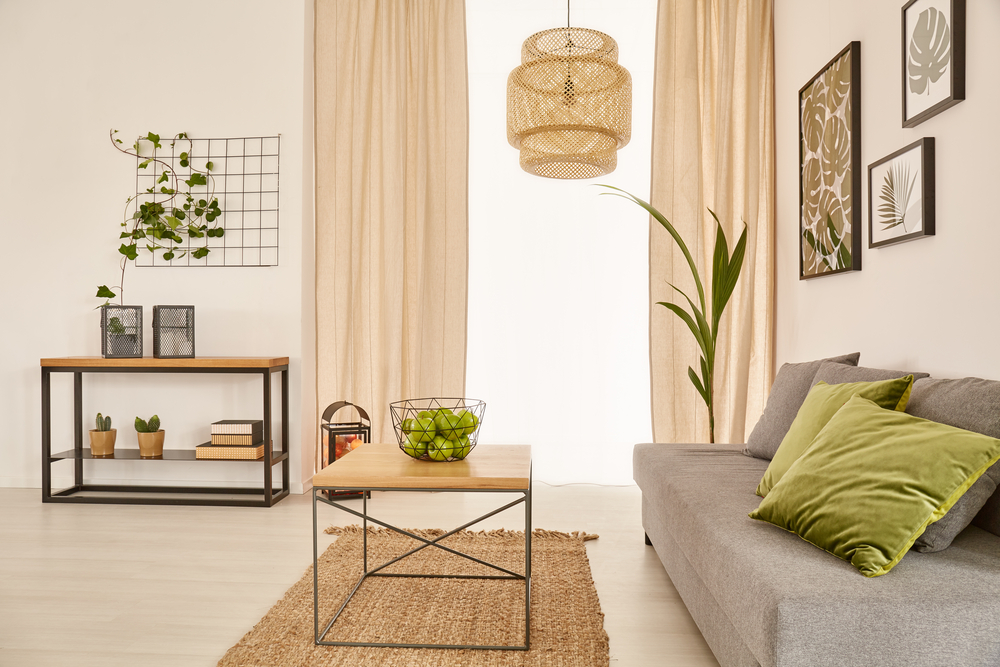
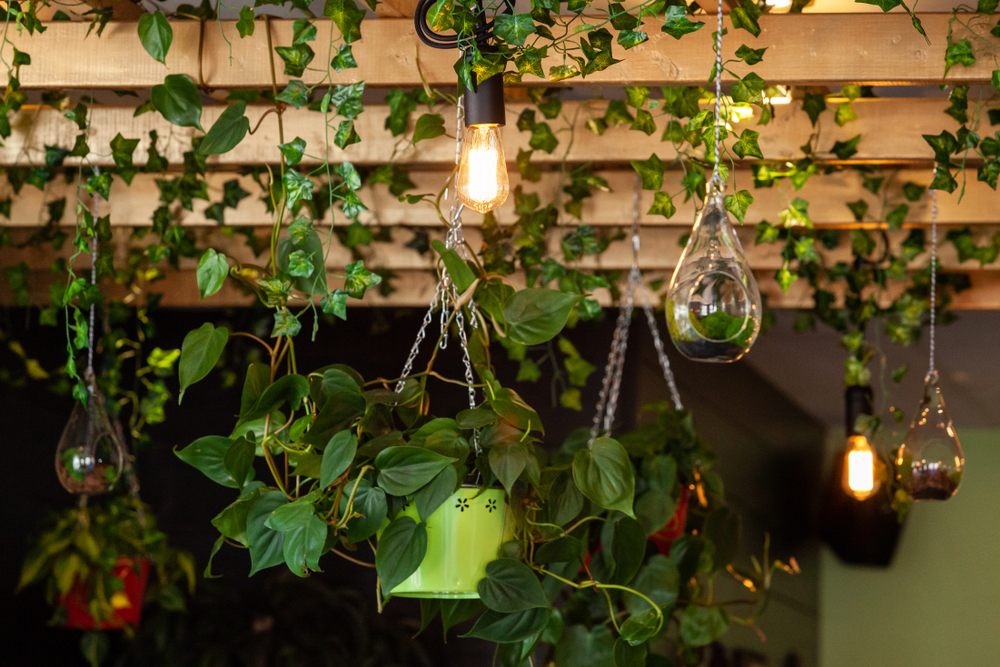

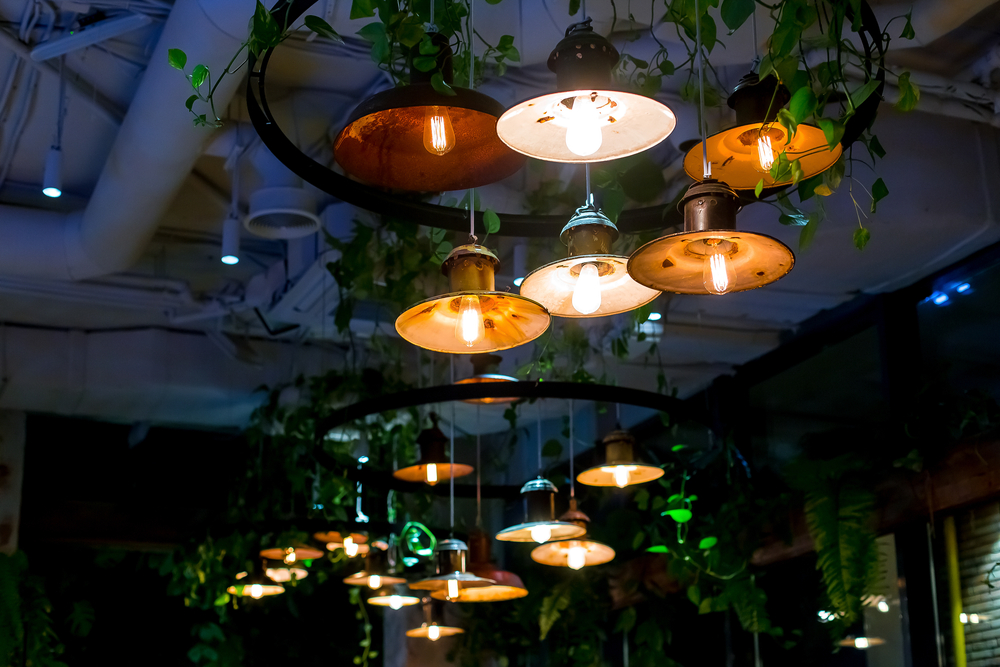


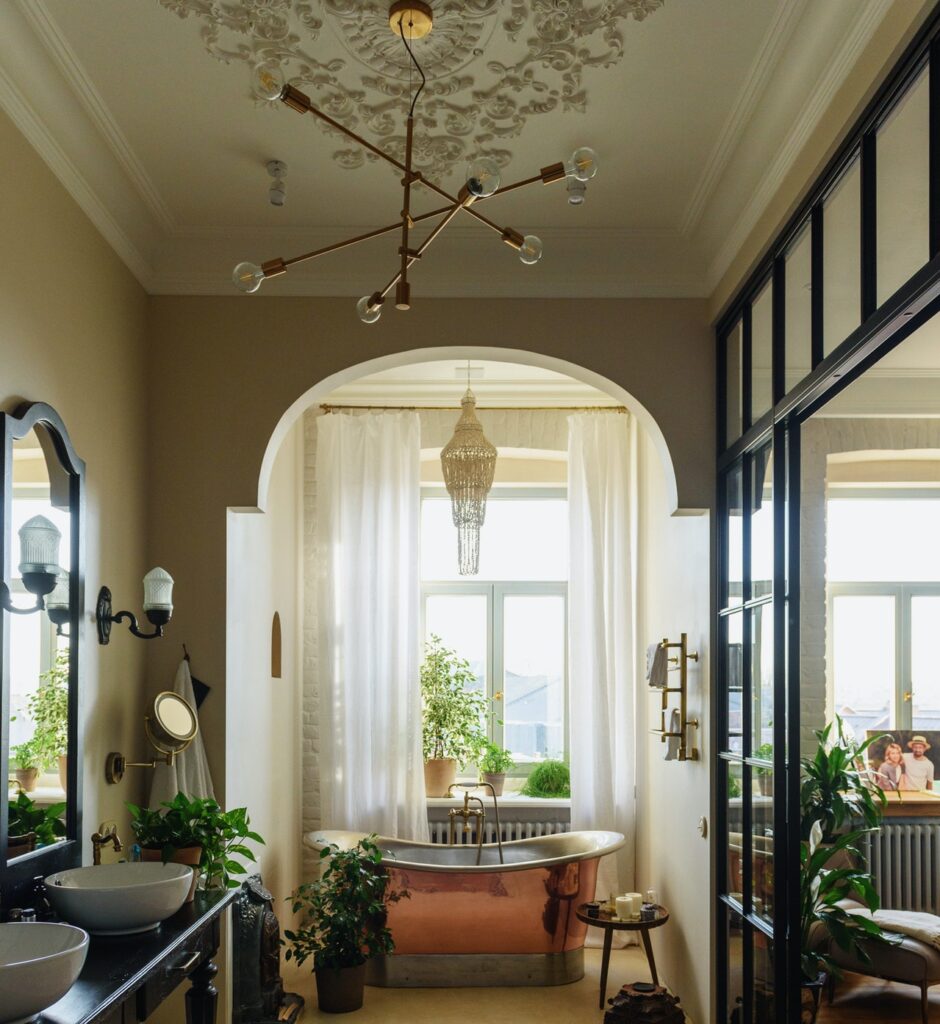






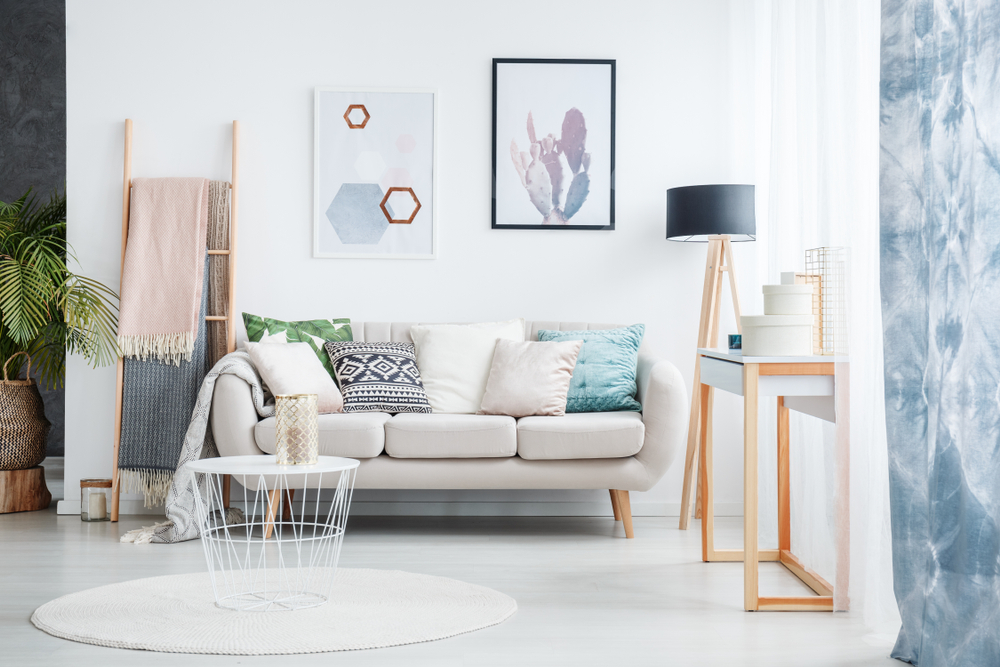
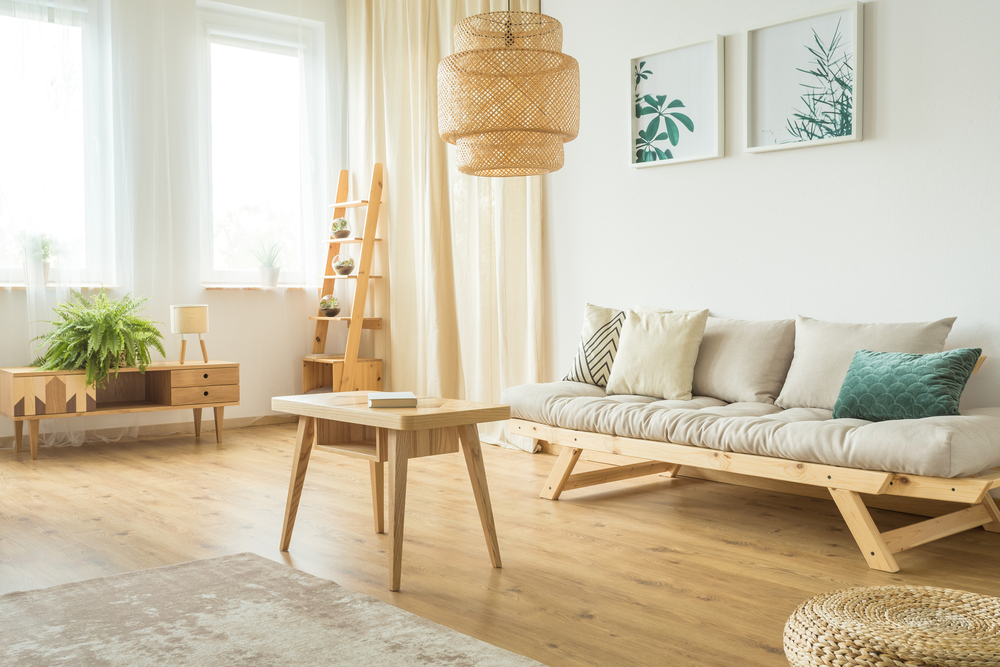
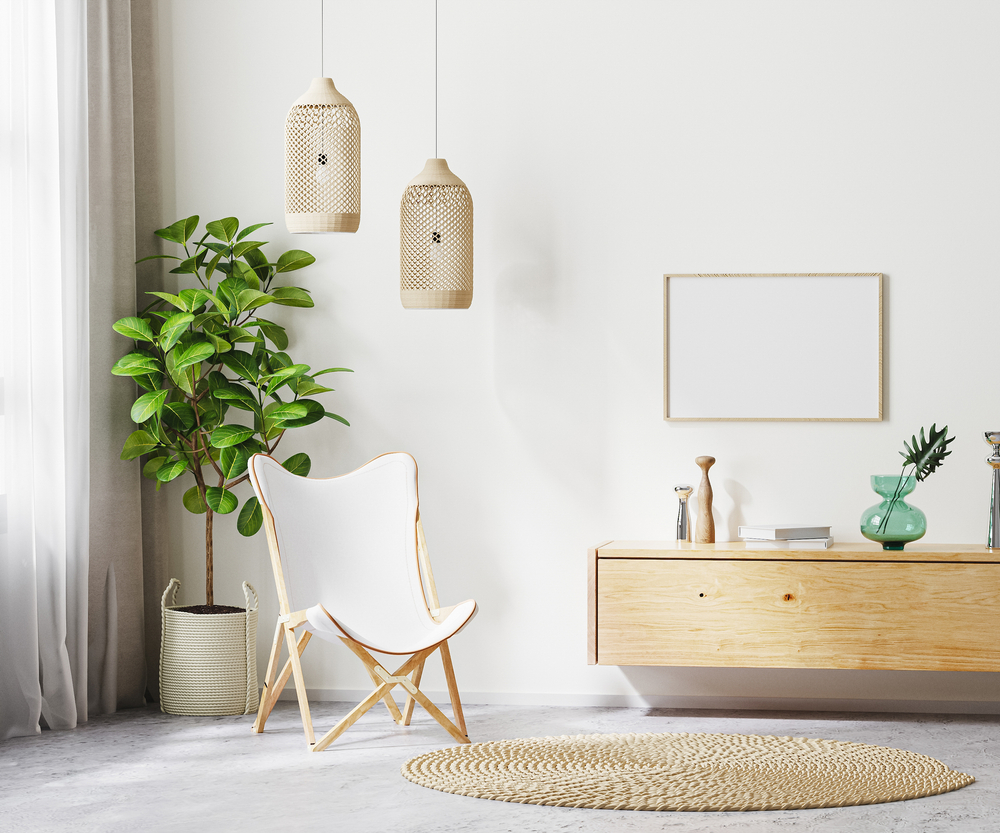
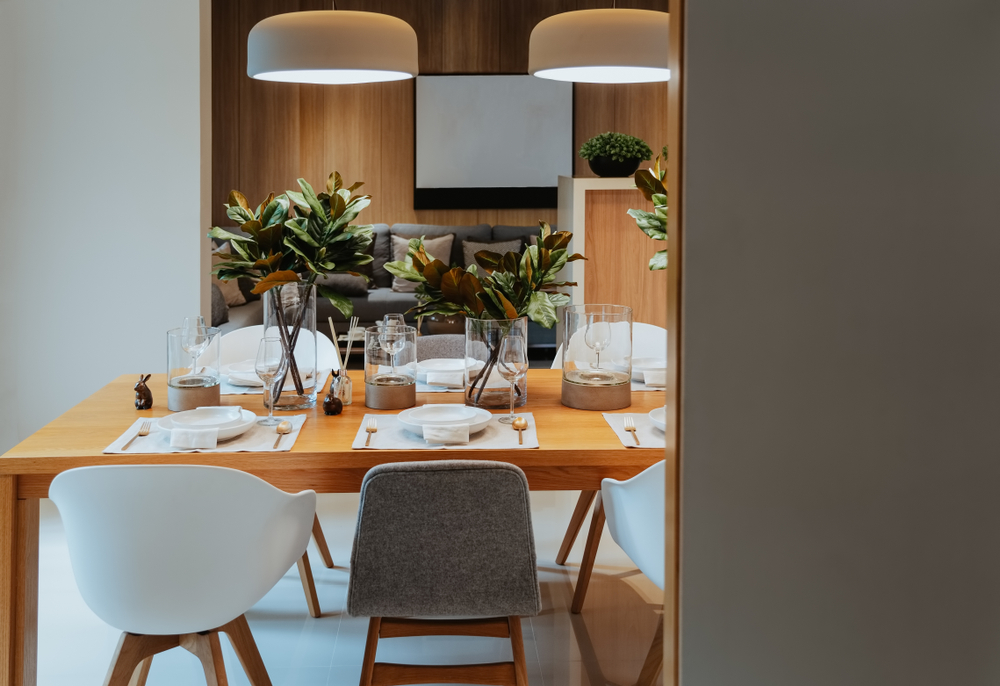

 Pendant Light
Pendant Light

